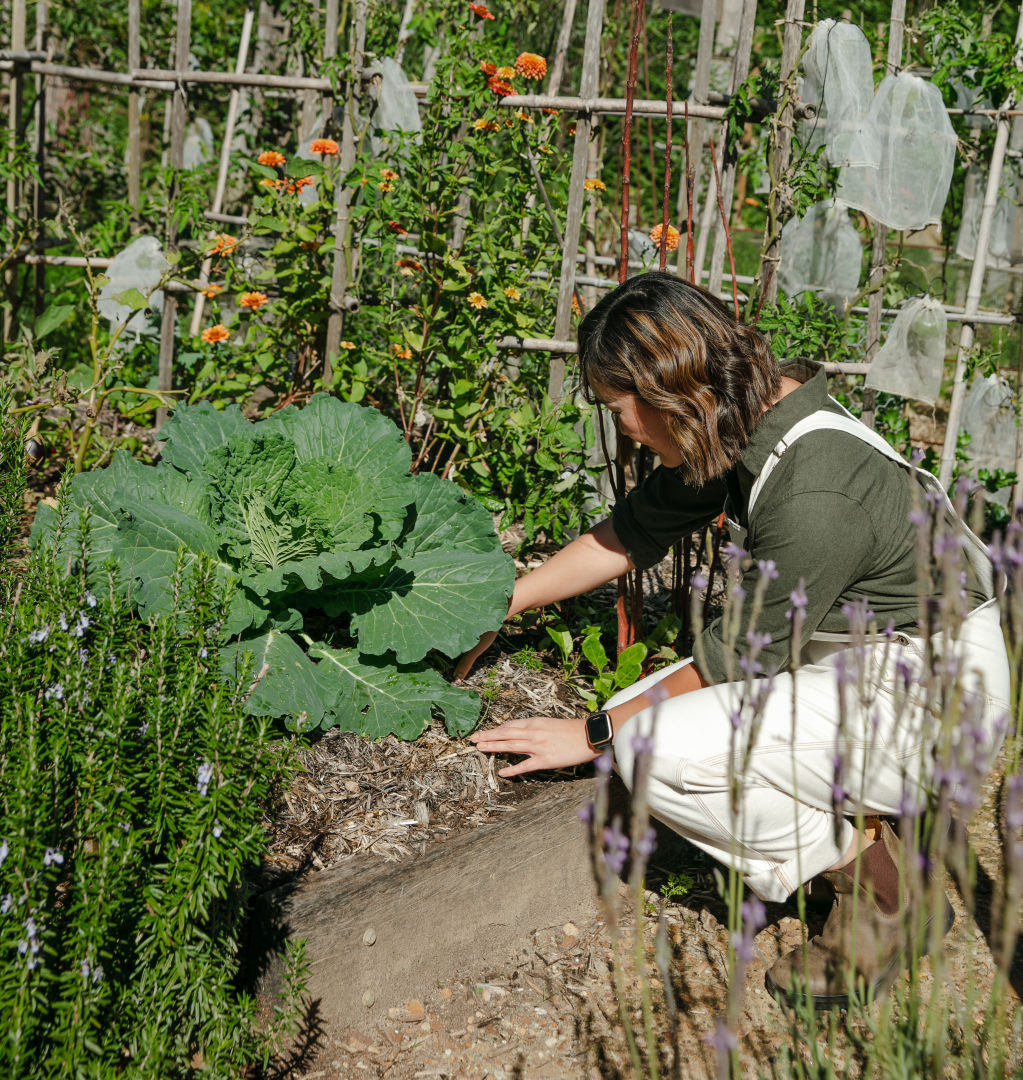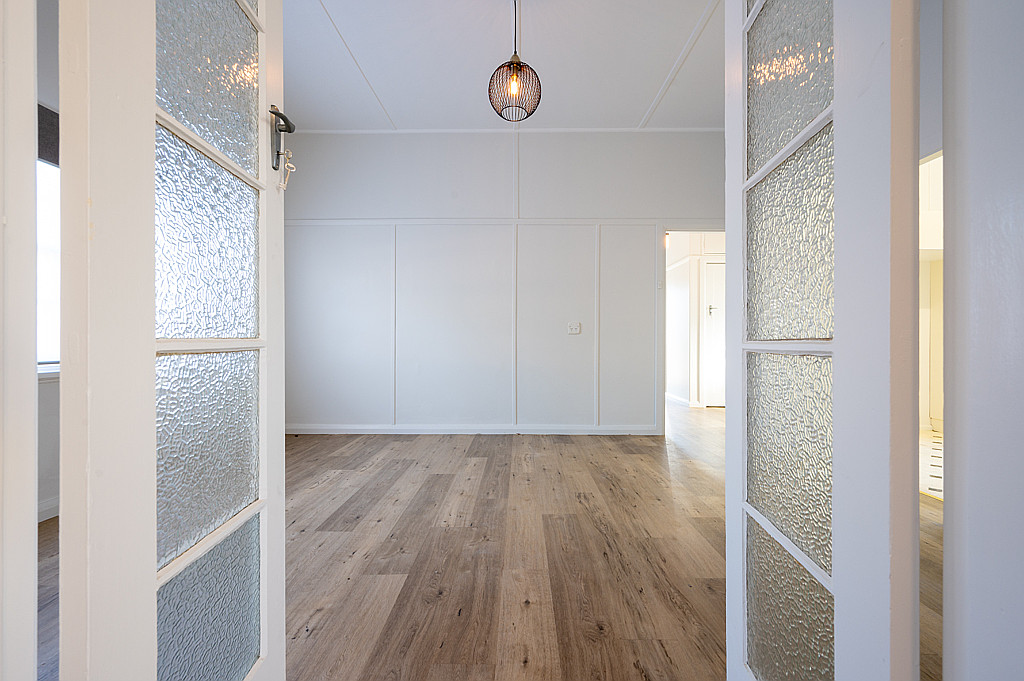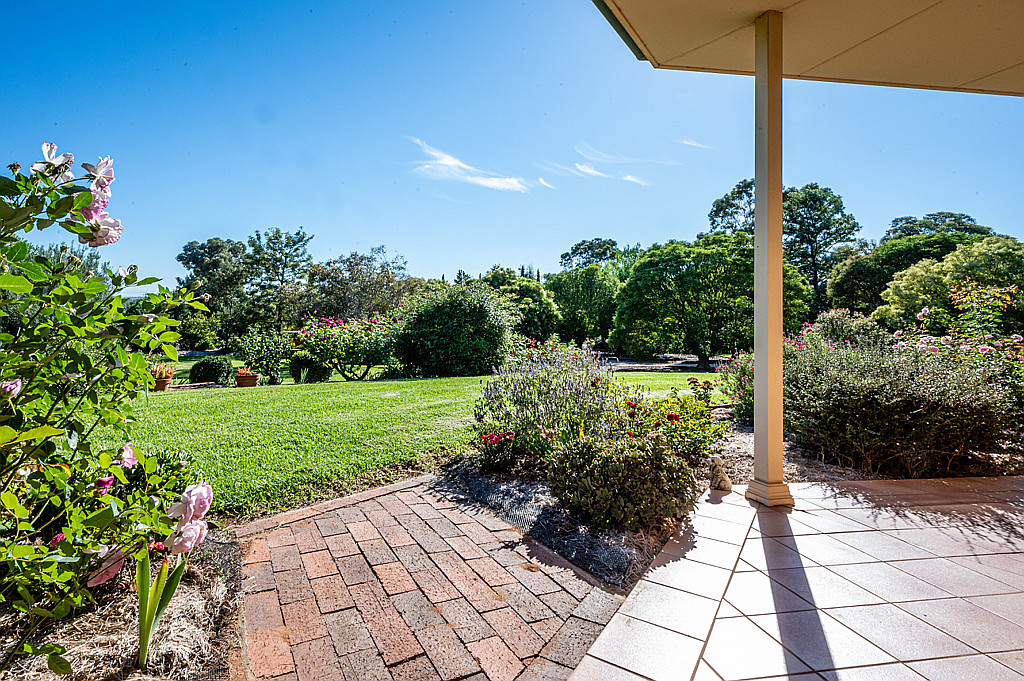Sow much to reap: Prepping your garden for autumn
It’s the season to plant spring bulbs, sow cruciferous and other winter veggies, tidy the garden and hit refresh on the lawn. Here’s a checklist to help you make the most of the season.
From little seeds, big things grow
Whether you have a pot or plot, you can cultivate herbs and vegies to enjoy throughout autumn and winter. It’s best to get a move-on with edibles that take the longest to mature, like Brussels sprouts, broccoli, cauliflower, cabbage and parsnips. Choose a spot with full sun and well-drained soil, enriching with compost or aged manures. Sow seeds or plant seedlings and consider interplanting with smaller crops, like spinach and rocket, to maximise space.
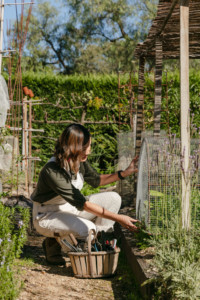
Now’s the ideal time to grow coriander, especially if you’ve struggled to grow it. The milder conditions reduce the likelihood of bolting, allowing you to savour this delicious herb for longer. Italian parsley, mint, rosemary and garlic chives are also great options.
Spring-flowering bulbs like anemone, freesias, hyacinths, jonquils, ranunculus and tulips should be planted now. Feed with a liquid fertiliser once the leaves appear, and guard against hungry snails and slugs by sprinkling organic snail bait around the base of the plants.
Lawn masters
Now’s the time to refresh the lawn and prepare it for the months ahead. If it was heavily used over summer, consider aerating. Aeration will alleviate soil compaction, allowing the lawn to “breathe” again. This enables water, oxygen and nutrients to penetrate deeper into the soil, promoting a healthier lawn. Insert a garden fork or corer into the lawn every 10-15 centimetres. For large areas, consider hiring an aerator. Follow up with a slow-release lawn fertiliser to assist with recovery and strengthen it for the coming cool weather. Remove weeds and repair bare patches with suitable lawn seed.
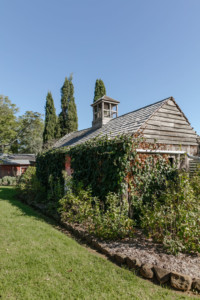
If you’ve been wanting to lay a lawn, autumn is an excellent time for it. Ensure the base is well prepared: remove weeds and existing lawn roots and turn over the soil. If the soil drains poorly, consider adding gypsum. Bring in 150-200 millimetres of quality topsoil to the area and level. When laying turf, start with the longest edge and lay in a brickwork pattern, ensuring the edges butt up well against each other. Once finished, tamp down on the lawn to ensure the turf roots are in good contact with the soil and water in well. Water regularly and keep kids and pets off the lawn until established.
On the move
We’ve all done it – put trees or shrubs in a spot and later realised it wasn’t the best location for them. If you find yourself in this situation, the good news is they can be moved. Evergreen trees and shrubs, as well as clumping ornamentals, can be transplanted now. Leave deciduous forms for winter. About a month before the big move, cut into the soil with a sharp spade to sever the outer roots. Prepare the new planting area, incorporating plenty of organic matter. Relocate the plant, ensuring the rootball is level with the soil, and water in well with diluted seaweed to reduce transplant shock and promote root growth.
(Source: Domain.com.au)

